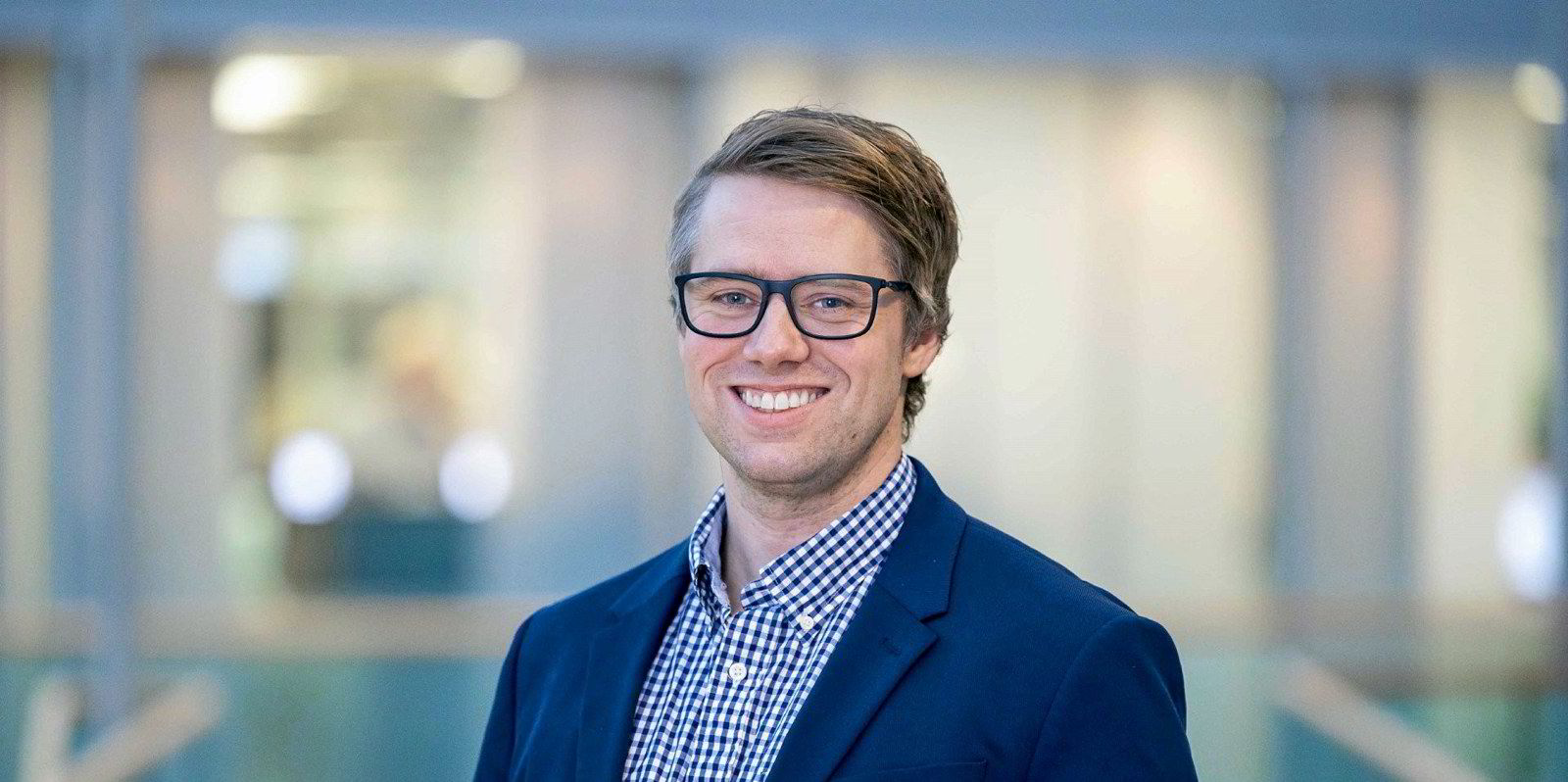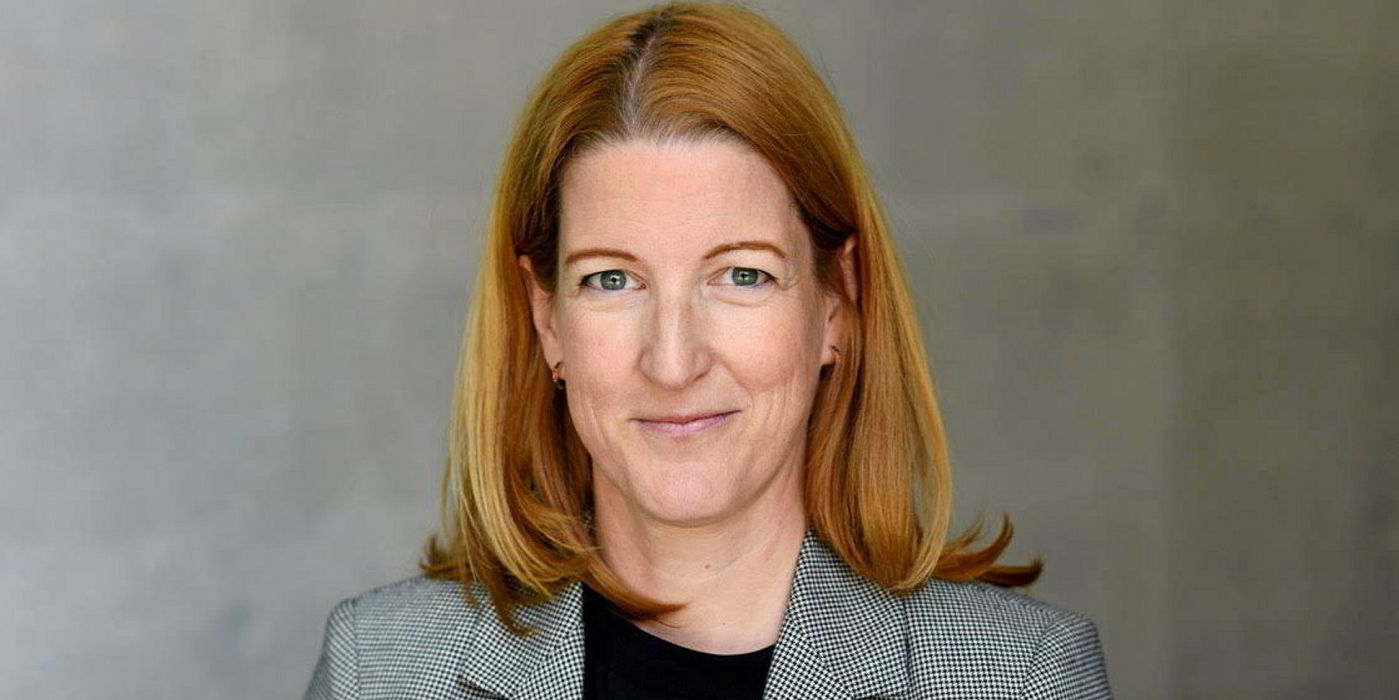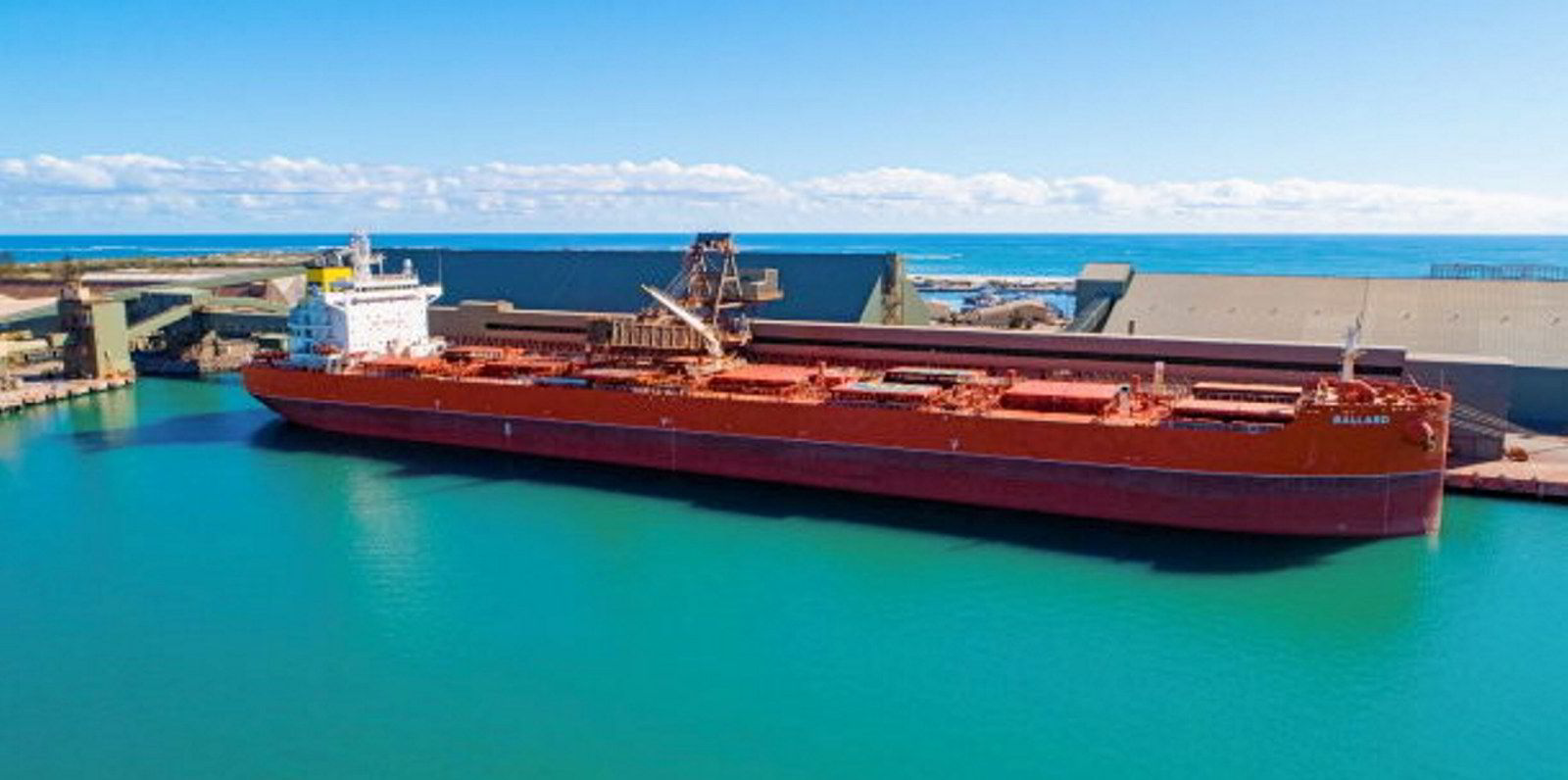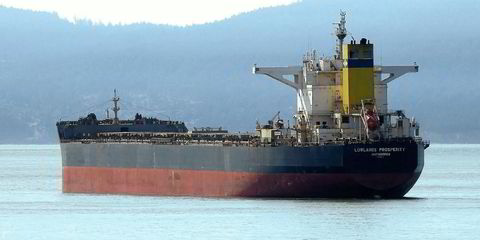Klaveness Digital boss Aleksander Stensby has spotted signs of what he called “digital fatigue” as the shipping sector is faced with a raft of optimisation platforms.
And the chief executive of the Torvald Klaveness group’s supply chain technology company believes the focus needs to be placed on value and results, rather than carrying out digitalisation projects just for the sake of it.
He told TradeWinds this sense of digital fatigue was based on “a few observations we’ve made over the past year, year and a half.”
Stensby explained the tech start-up landscape in maritime was very small when Klaveness Digital started, but has since exploded.
“It’s a very hot space and it ranges from the technical side on vessel improvements and physical things like air lubrication and all of these things that actually contribute to the operational efficiency of shipping,” he said.
“And then there’s been a lot of exploratory tech work done on how to improve the business side of shipping,” he added.
The larger players both on the shipping side, but also on the chartering side, started to take digitalisation seriously, Stensby believes.
This meant assigning their own people to the task with new roles like chief digital officers.
Stensby views this as “very positive”, but noted a side effect of a new layer of complexity to decision-making and adoption.
“So I think that the notion of fatigue came into our mind thinking from the perspective of the buyer, but even for a seller. Because we saw that previously, the decisions were maybe made directly by the business users,” Stensby told TradeWinds.
“And then that decision was elevated to more of these coordinating teams that have the sole responsibility of evaluating a bunch of different solutions without necessarily actually being the business users themselves,” he said.
History lesson
The CEO explained that “as an old tech guy, it rings a little bit of a history lesson back to the old IT”.
He mentioned long implementation projects, involving the entire organisation, that didn’t necessarily deliver any value until the end of the process.
“And often by the end of the project, the assumptions you made two years ago had changed, and you’re already outdated. And then you have to start an upgrade project, which takes another year,” Stensby added.
“Maybe we’ve added as an industry too many projects at the same time,” he said.
The CEO argues that if users adopt a service they haven't contributed to choosing, the experience can turn negative.
There is also a fear of change and failure.
“If you’re responsible for that project and you’re making an investment, not only in buying a piece of technology, but actually investing in changing the way you work today, that’s really sticking your neck out,” he told TradeWinds.
“You really need to be able to say, we’re doing this because we see these benefits. This is the value we will gain from it. Because you need to defend it to the budget holders. You need to defend it to the company, to competing initiatives,” he said.
Stensby added: “Value is not only dollar. It can be also, of course, to reduce waste in the supply chain, reduce the emissions of the supply chain, think beyond the next three weeks or three months.”
And he said: “We’ve spent years with some of our customers on that journey, they’re now seeing millions of dollars in savings across the supply chain regularly.”
It is important to have a clear vision of what your “pain points” are, he argues.
Streamlined decision-making processes are then crucial at all levels, the CEO said.
“Without that, and with some stakeholders only thinking of the value today, you’ll risk this backlash or resistance to tech adoption due to the overwhelming and conflicting initiatives. Don’t lose sight of the big picture,” he urged.
Consolidation warning
The sector has seen some consolidation in recent months, with the combination of Veson Nautical and VesselsValue, and then Marcura and Shipserv.
“It has obviously both positive and negative effects, because if it’s consolidating too rapidly, it may hamper the speed of evolution or improvements that we can gain in the industry from smaller players being able to explore new areas,” Stensby said.
“The positive side of consolidation is that you can allow these start-ups to gain faster access to a broader audience,” he added.
But he warned that too much rapid growth and subsequent consolidation risks leading to a battle of survival among start-ups and established players, potentially creating monopolies.






